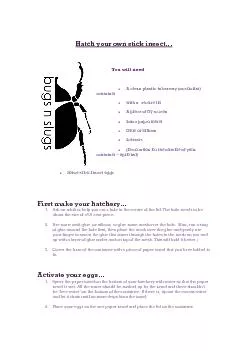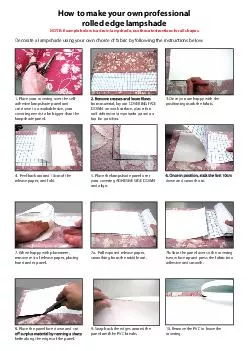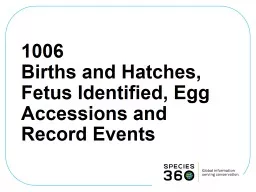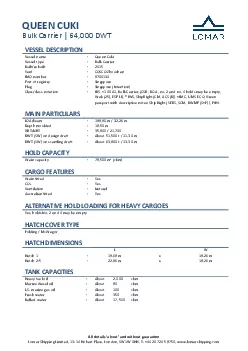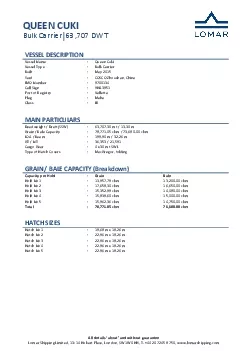PDF-Hatch your own
Author : min-jolicoeur | Published Date : 2015-08-05
stick insectx2026 You will need xF0B7 A clean plastic takeaway or similar container xF0B7 with a secure lid xF0B7 A piece of fly screen xF0B7 Some paper towel xF0B7 Glue
Presentation Embed Code
Download Presentation
Download Presentation The PPT/PDF document "Hatch your own" is the property of its rightful owner. Permission is granted to download and print the materials on this website for personal, non-commercial use only, and to display it on your personal computer provided you do not modify the materials and that you retain all copyright notices contained in the materials. By downloading content from our website, you accept the terms of this agreement.
Hatch your own: Transcript
Download Rules Of Document
"Hatch your own"The content belongs to its owner. You may download and print it for personal use, without modification, and keep all copyright notices. By downloading, you agree to these terms.
Related Documents

